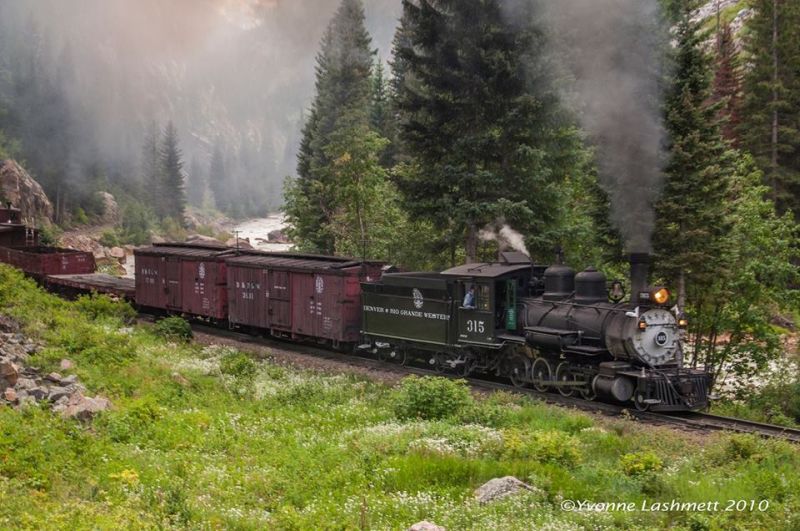As an aside to this discussion about using a diesel electric loco in a steam powered “heritage” consist might I add an apparent oddity currently seen when London’s Underground system run special steam hauled services on their tracks. Both over and underground.
A number of steam locos have and are run on these lines for celebratory purposes but always present in the train is either a vintage electric Underground loco, a 90 year old Bo-Bo knowns as “Sara Siddons”, or a 60 year old early type main line diesel electric, a type 20. Why ? Well, while there is always the need for a backup in case the steam loco fails, especially when you are running in the tunnels under London, there is another more pressing need - braking.
In the main most locomotives and their passenger coaches of the steam era in the UK when built were vacuum braked. However, due to the heavy influence of US practices, in the main due to the promoter of underground railways American Charles Yerkes air braking and electric traction took precedence on our Underground system at an early stage and became the norm over 100 years ago. Hence, when these vintage excursions are run, there is a need for an air braking source - the addition loco. The steam loco still has its own brakes but nothing to slow up its following cars that are in the main air braked fitted - Yes, cars, again the US influence, all coaches that run on the London Underground are cars not coaches (unless built before Mr Yerkes got in on the act)(https://www.largescalecentral.com/externals/tinymce/plugins/emoticons/img/smiley-laughing.gif)
